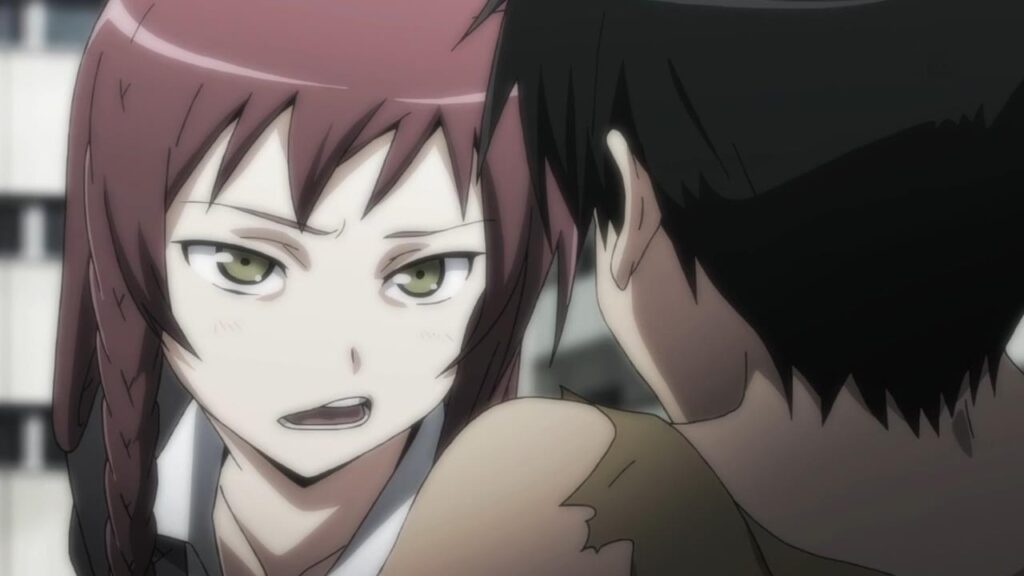Introduction: There’s More Than Meets the Eye
You know that moment when an anime scene gives you chills but you can’t explain why? Chances are, you subconsciously picked up on visual storytelling techniques that Japanese animators have perfected over decades. From cherry blossoms to eye reflections, anime is packed with symbolic shorthand that conveys emotion, foreshadowing, and cultural meaning—if you know how to read it.
Let’s decode the secret visual language of anime that you’ve probably been overlooking this whole time.
1. Nature as Emotion: More Than Just Pretty Backgrounds
Cherry Blossoms (Sakura) = Fleeting Beauty
- Example: Your Lie in April uses falling petals to foreshadow tragedy.
- Why it works: In Japanese culture, sakura symbolize life’s fragility.
Rain = Emotional Cleansing or Isolation
- Example: The iconic umbrella scene in Garden of Words.
- Hidden meaning: Characters often have breakthroughs during rainstorms.
Cicadas = Oppressive Tension
- Example: The constant buzzing in The Melancholy of Haruhi Suzumiya’s endless summer arc.
- Pro tip: If you hear cicadas, something uncomfortable is coming.
2. Eyes: The Windows to More Than Just the Soul
Eye Reflections = Major Turning Points
- Example: Attack on Titan often shows key moments reflected in characters’ eyes.
- Why animators do this: It creates intimacy with pivotal realizations.
Eye Shape Changes = Emotional Shifts
- Example: Naruto’s eyes flatten when he’s serious vs. round when goofy.
- Bonus: Sharp-eyed characters (Levi, Gojo) are usually hyper-competent.
Missing Eyes = Hidden Truths
- Example: Tokyo Ghoul’s eyepatches literally and metaphorically obscure vision.
3. Food Symbolism: It’s Never Just About Eating
Shared Meals = Emotional Bonds
- Example: Fruits Basket uses hot pot scenes to show family healing.
Messy Eating = Vulnerability
- Example: Asuka’s breakdown while eating in Evangelion.
Unfinished Food = Lost Connections
- Example: The uneaten bento in Clannad: After Story’s train scene.
4. Color Coding: Your Emotional Cheat Sheet
| Color | Common Meaning | Example |
| Red | Passion/Danger | Demon Slayer’s fire Hashira |
| Blue | Calm/Isolation | Rei Ayanami’s color palette |
| Yellow | Energy/Naivety | Naruto’s jumpsuit |
| Purple | Mystery/Otherness | Jujutsu Kaisen’s cursed energy |
5. Background Details You Probably Missed
Empty Chairs = Absence
- Your Name’s constantly vacant classroom seats.
Mirrors = Self-Reflection
- Madoka Magica’s witch labyrinths use distorted mirrors.
Trains = Life’s Journey
- Spirited Away’s one-way train to the afterlife.
FAQ: Symbolism Mysteries Solved
Q: Why do anime characters’ noses bleed when aroused?
A: An exaggerated take on increased blood pressure (though medically dubious).
Q: What’s with all the umbrella scenes?
A: Represents temporary shelter from emotional storms (5 Centimeters Per Second nails this).
Q: Do animators really plan all this?
A: Absolutely—storyboard artists often work with cultural consultants.
Final Challenge: Become a Symbol Detective
Next time you watch:
- Note when a character turns their back during conversations (hint: it’s usually shame)
- Watch for sudden changes in art style (like Mob Psycho 100’s scribbles = emotional overload)
- Track repeating objects (umbrellas, trains, apples)
You’ll start seeing anime in a whole new light—one where every frame is intentional.
What’s the coolest hidden symbol you’ve spotted? (I only recently noticed how often Fullmetal Alchemist uses doorways as transition metaphors!)



